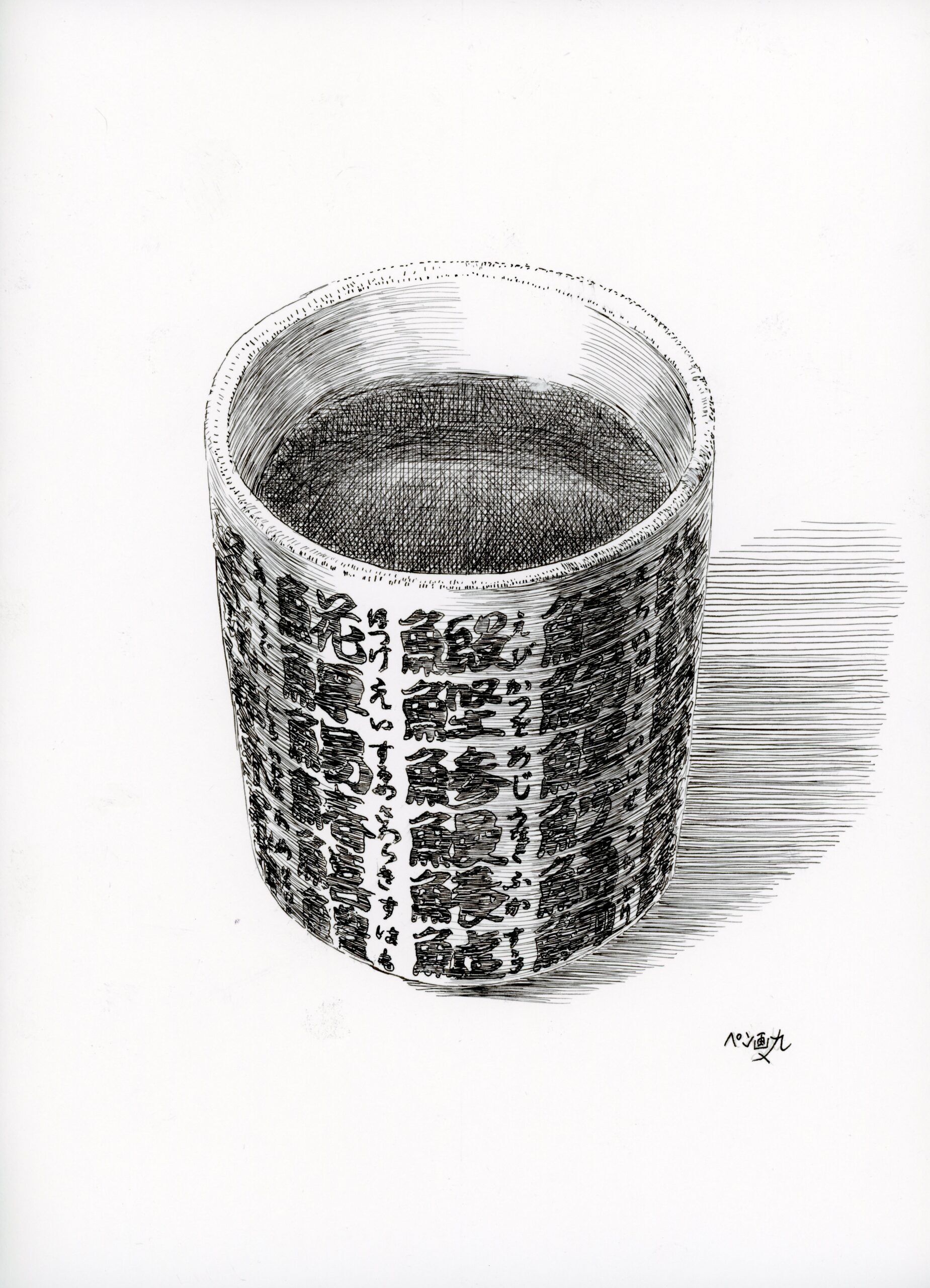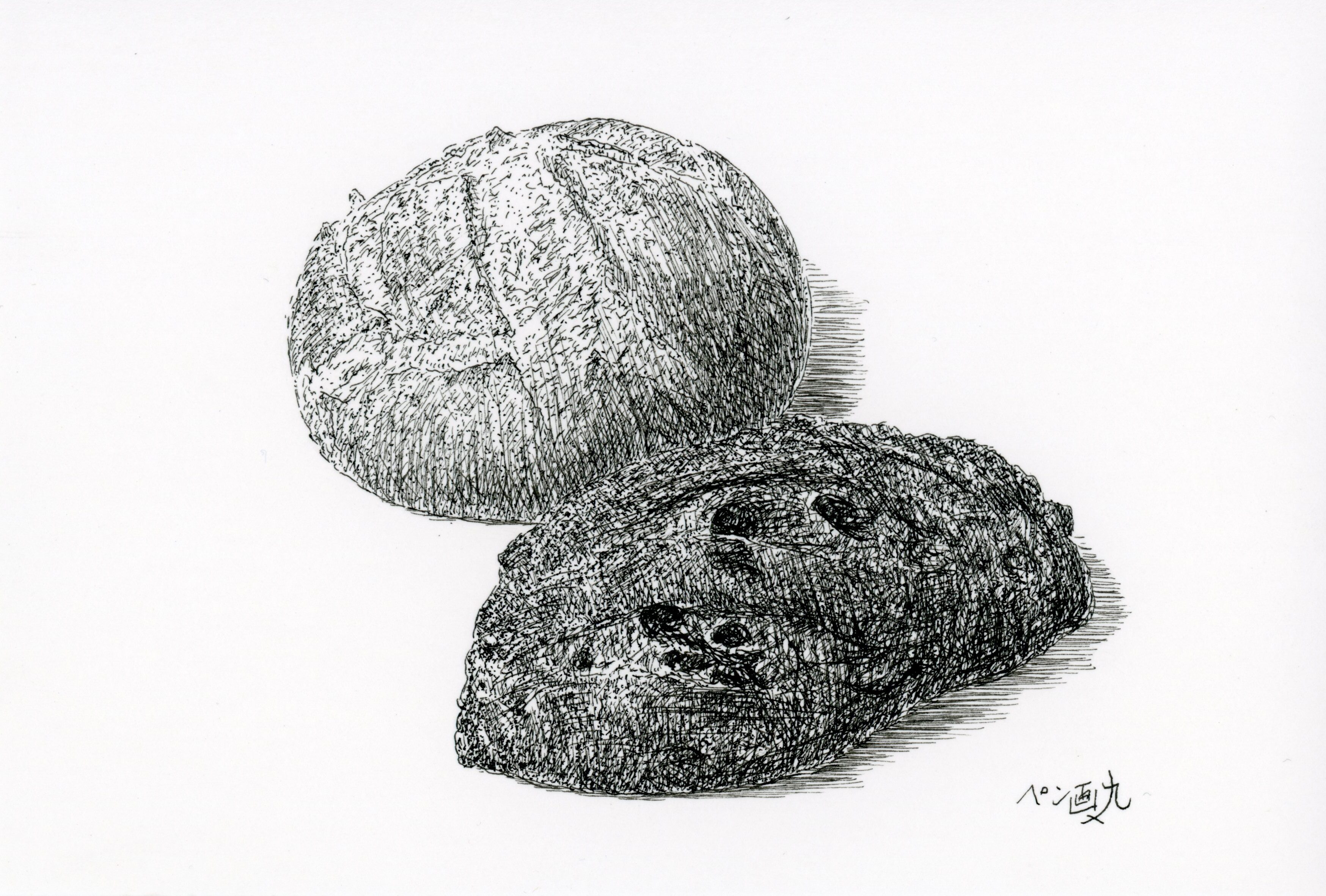How to Choose the Best Ink for Pen Drawing
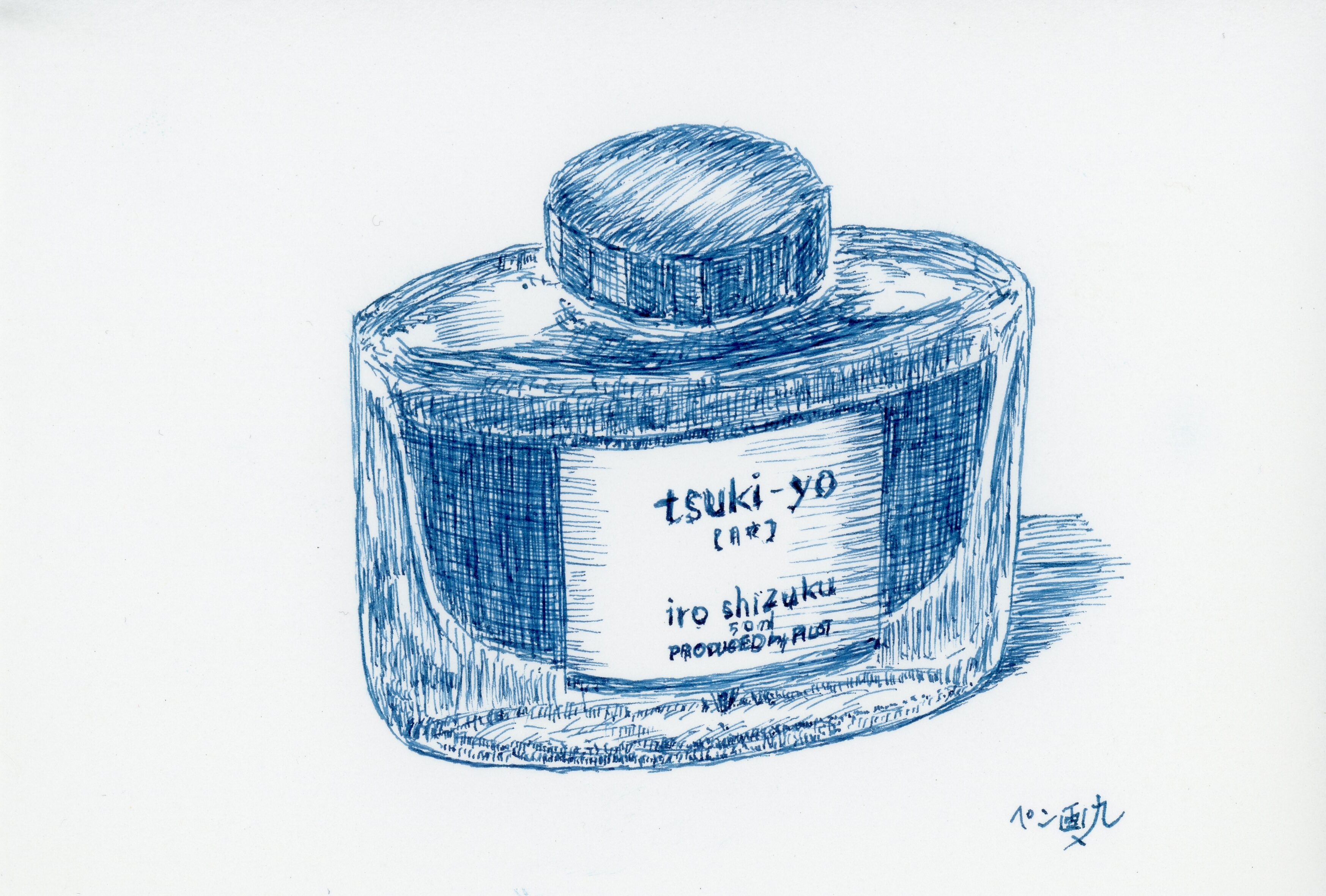
Introduction
Hello, this is Pengamaru. Pen drawing is loved by many artists for its delicate lines and rich expressiveness. However, the choice of ink and pens for pen drawing is not widely known. In this article, we will explain in detail how to choose the best ink for pen drawing. We will introduce the characteristics of different types of ink, including water-based ink, pigment ink, oil-based ink, gel ink, and erasable ink, along with suitable pens.
How to Choose the Best Ink for Pen Drawing
The ink used in pen drawing greatly affects the final appearance and durability of the artwork. Here, we will introduce different types of ink suitable for pen drawing and their characteristics.
1. Water-Based Ink

Characteristics:
- Composition: Water-based ink primarily uses water as a solvent, mixed with dye or pigment.
- Writing Feel: Light and smooth, making it suitable for long writing sessions and detailed work.
- Color: Vibrant colors with a wide variety of options.
Advantages:
- Eco-Friendly: Since it uses water, it is an environmentally friendly choice.
- Versatile: Can be used with dip pens, fountain pens, felt pens, brush pens, ballpoint pens, and more.
Disadvantages:
- Water Resistance: Weak against water and may smudge when exposed to moisture, including hand sweat during drawing.
- Light Resistance: Some water-based dye inks fade when exposed to ultraviolet light, requiring careful storage.
Suitable Pens:
- Dip Pens: Can be used with inks from any manufacturer.
- Fountain Pens: Provide smooth writing and a variety of colors. It is recommended to use inks from the same brand as the pen.
- Rollerball Pens: Use water-based ink for a light and smooth writing experience.
Artworks created using Water-Based Ink
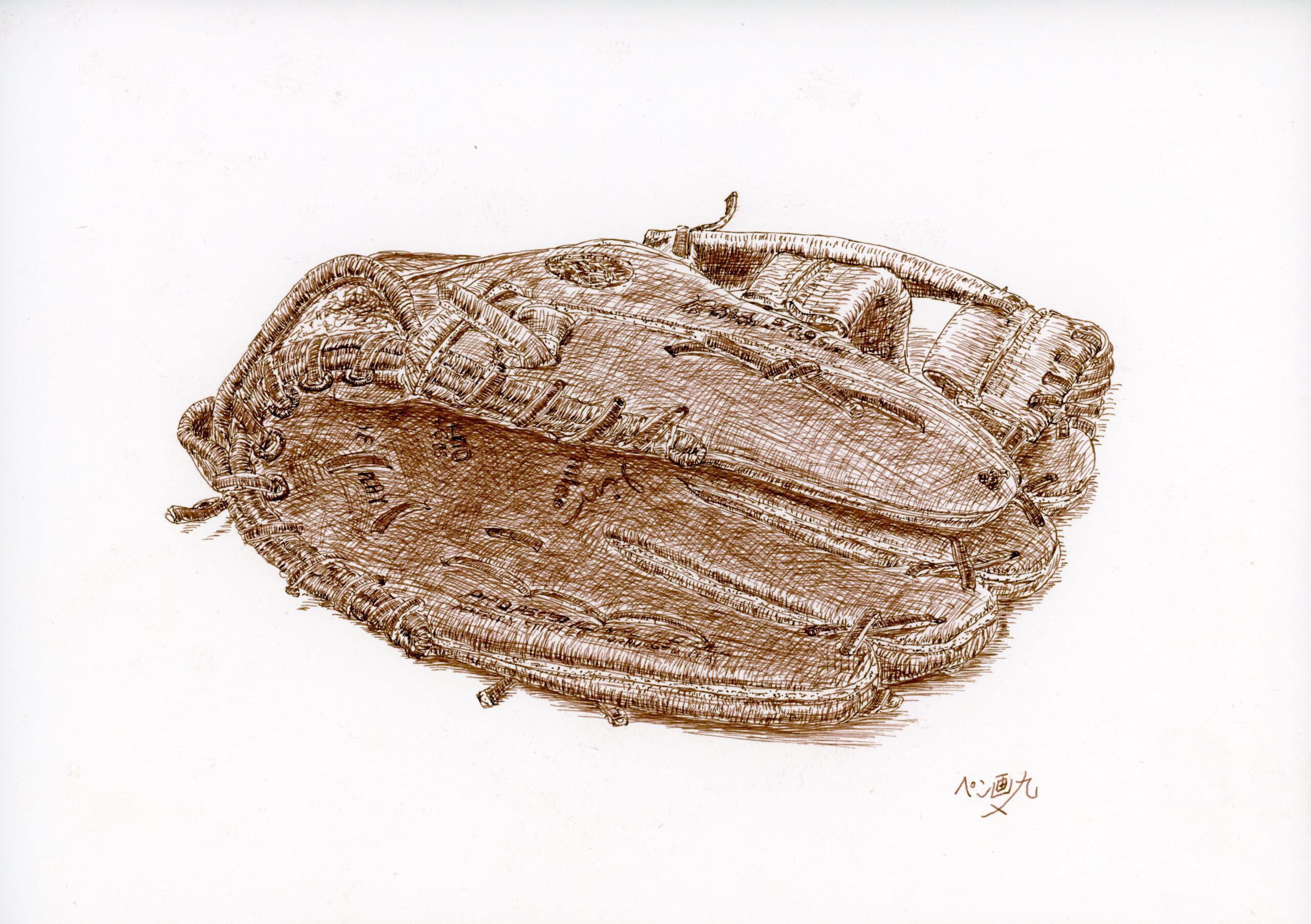
2. Pigment Ink

Characteristics:
- Composition: Pigment ink contains fine particles that do not dissolve in water and settle on the surface of the paper.
- Water and Light Resistance: Excellent resistance to water and light, preventing smudging and fading over time.
- Quick Drying: Dries quickly, making it easy to handle after drawing.
Advantages:
- Water Resistance: Once dry, it becomes waterproof, making it suitable for sketches that incorporate watercolor.
- Durability: Resistant to light and water, maintaining its color for a long time.
Disadvantages:
- Clogging Risk: The large pigment particles can clog the fine tubes of fountain pens, requiring regular maintenance.
- Cost: Generally more expensive than dye-based inks.
Suitable Pens:
- Dip Pens: Can be used with any ink brand.
- Fountain Pens: Provide a smooth writing experience. It is recommended to use ink and pens from the same manufacturer.
Artworks created using Pigment Ink
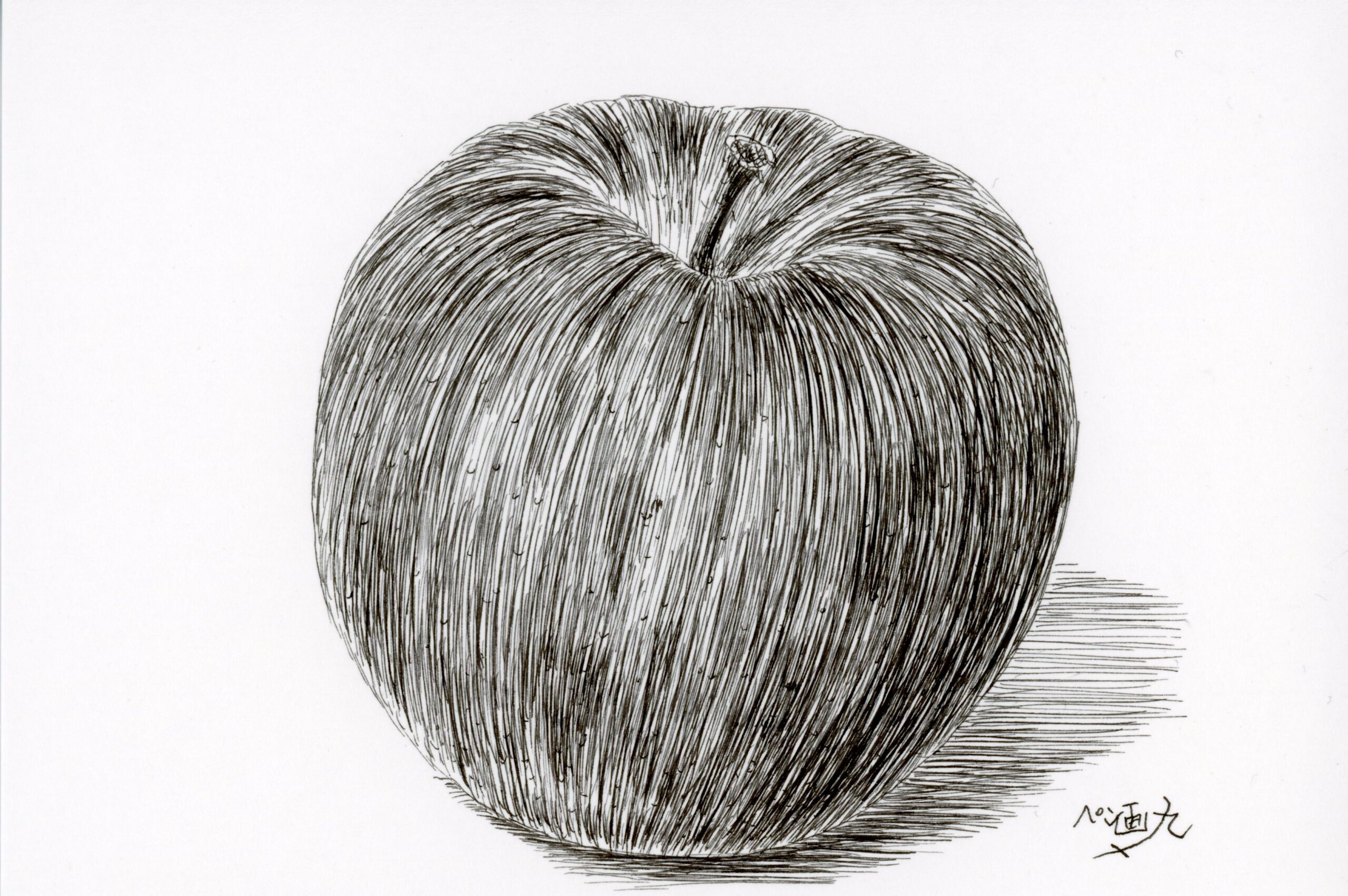
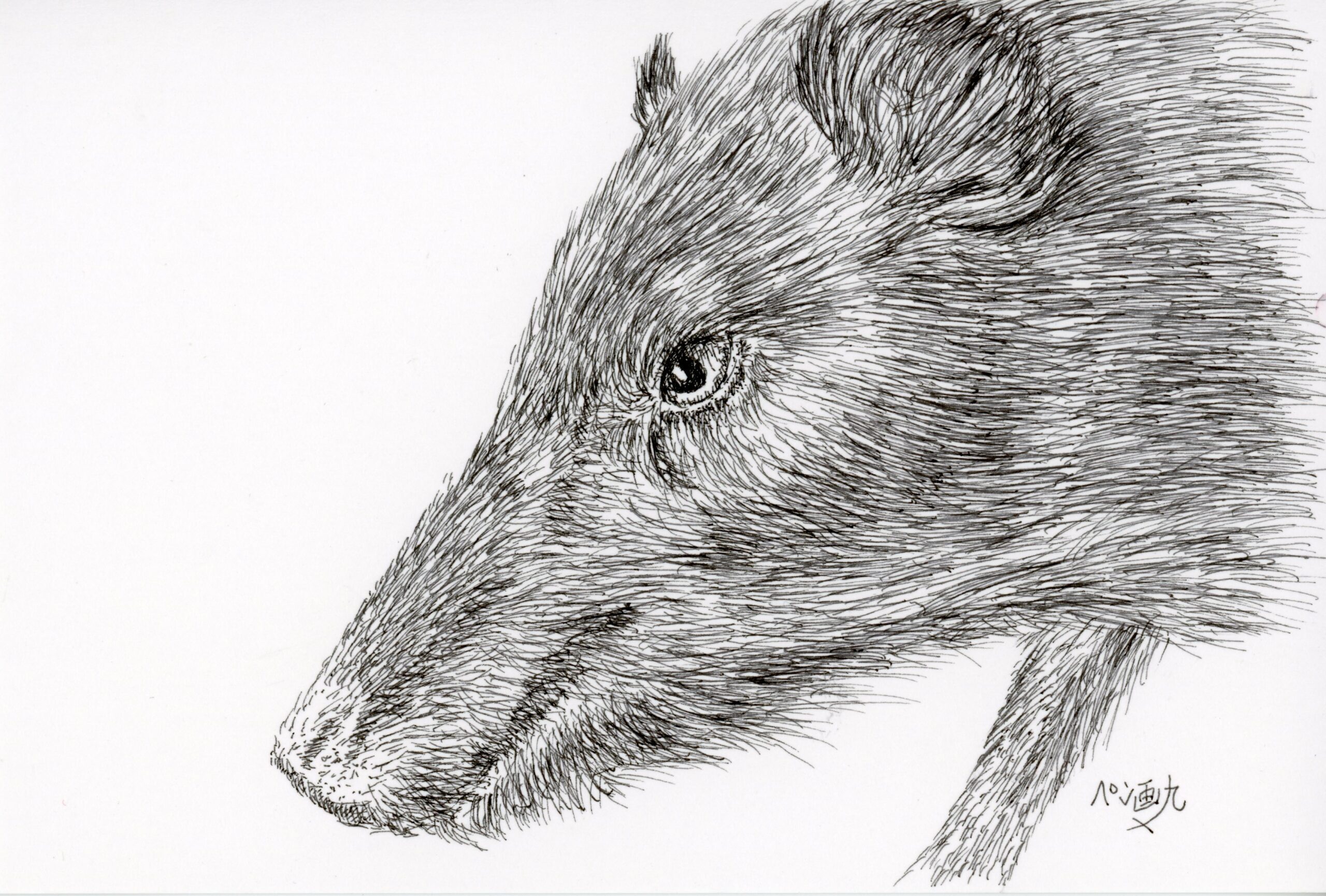
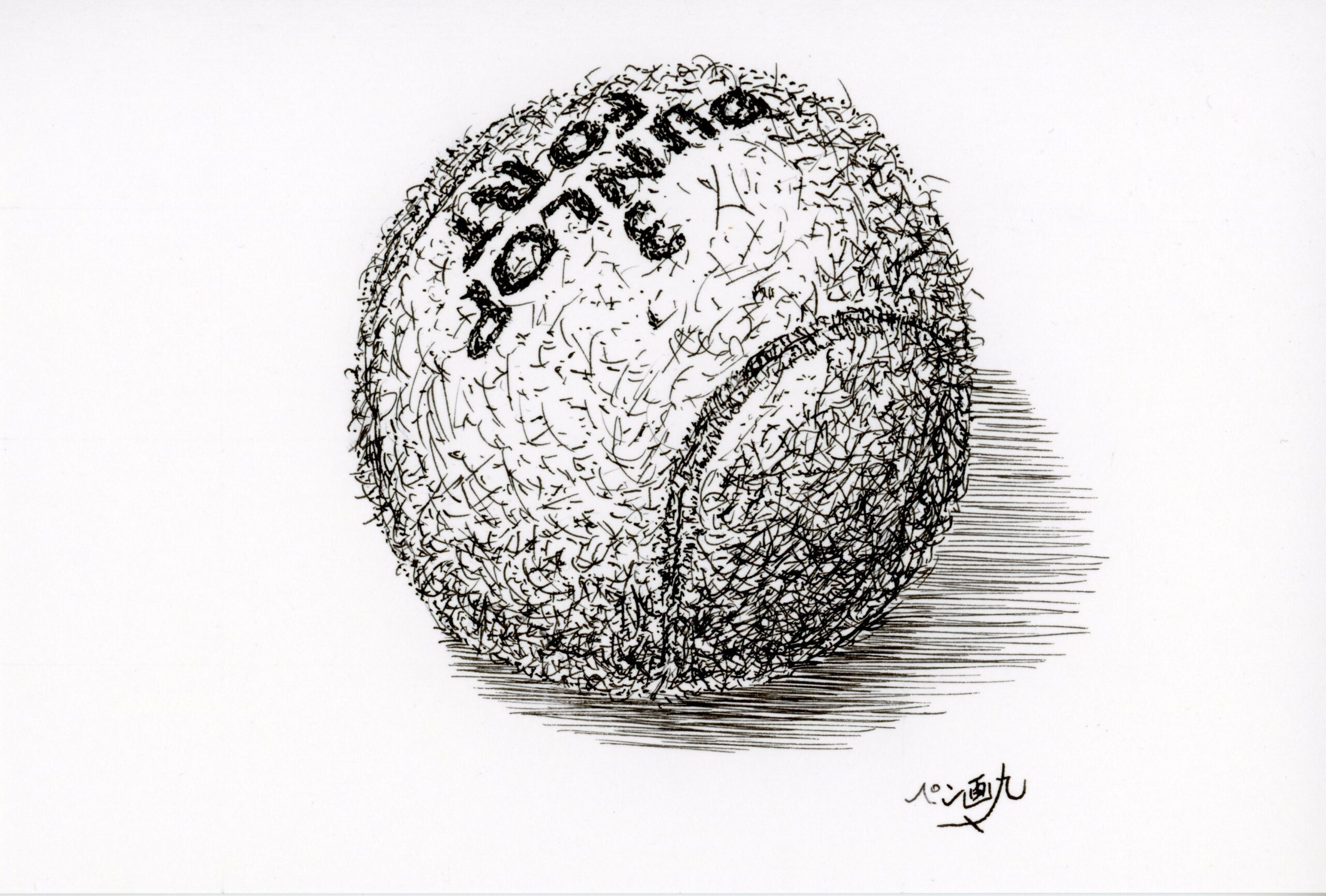
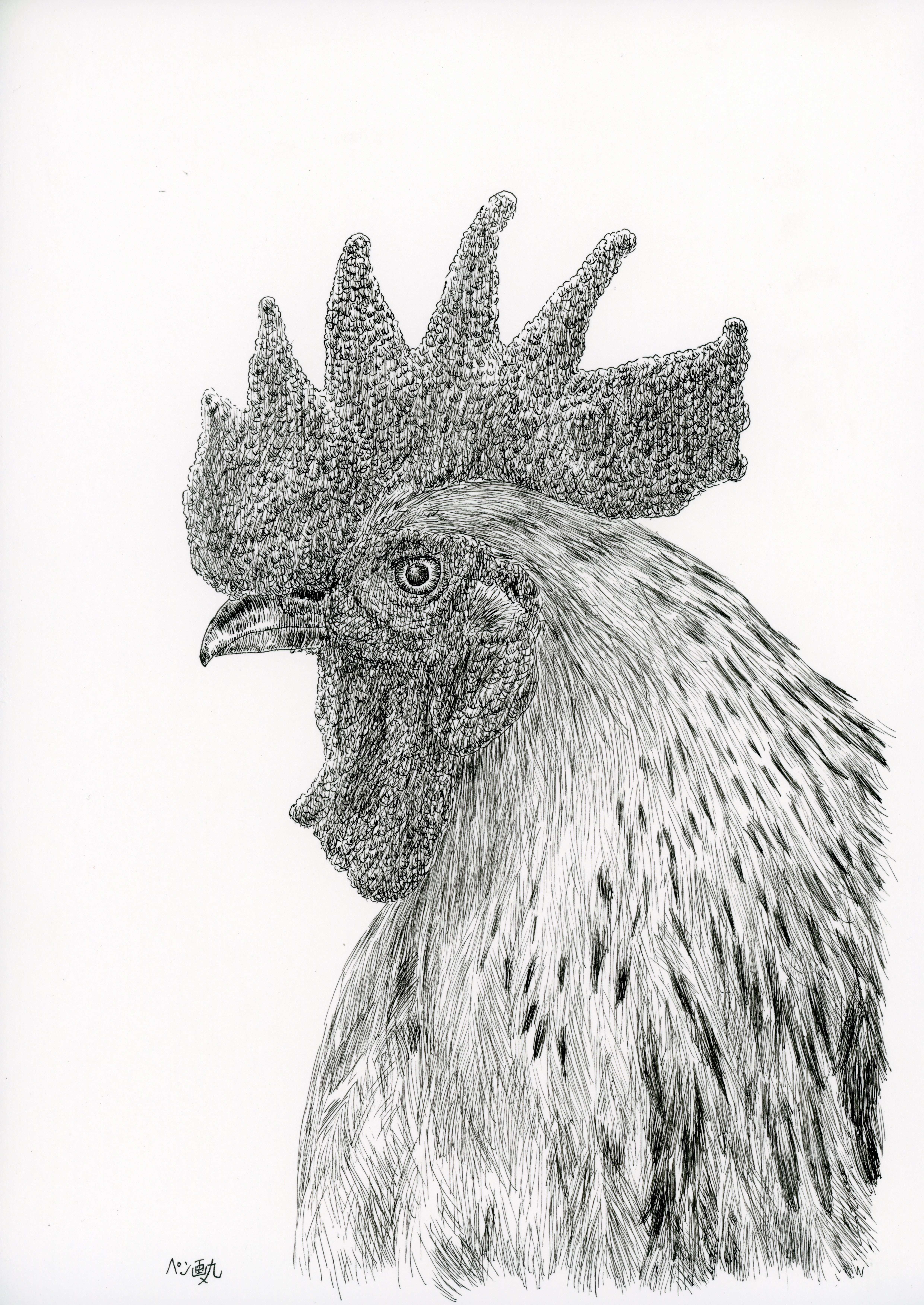
3. Oil-Based Ink

Characteristics:
- Composition: Made from oil-based solvents mixed with dye or pigment. Solvents such as alcohol or glycol ether are commonly used.
- Quick Drying: Dries very fast and is easy to handle immediately after writing.
- Water Resistance: Strong resistance to water, preventing smudging.
Advantages:
- Durability: Resistant to water and light, making it suitable for long-term storage.
- Versatility: Can be used on various materials such as plastic, metal, and vinyl, making it useful for industrial applications as well.
Disadvantages:
- Odor: Oil-based markers have a distinctive solvent smell, requiring proper ventilation during extended use.
- Writing Feel: Some oil-based ballpoint pens have high viscosity ink, which can feel heavy when writing.
Suitable Pens:
- Ballpoint Pens: Commonly use oil-based ink, providing quick drying and water resistance.
- Markers: Smooth writing experience with durable ink that comes in a variety of colors.
Artworks created using Oil-Based Ink
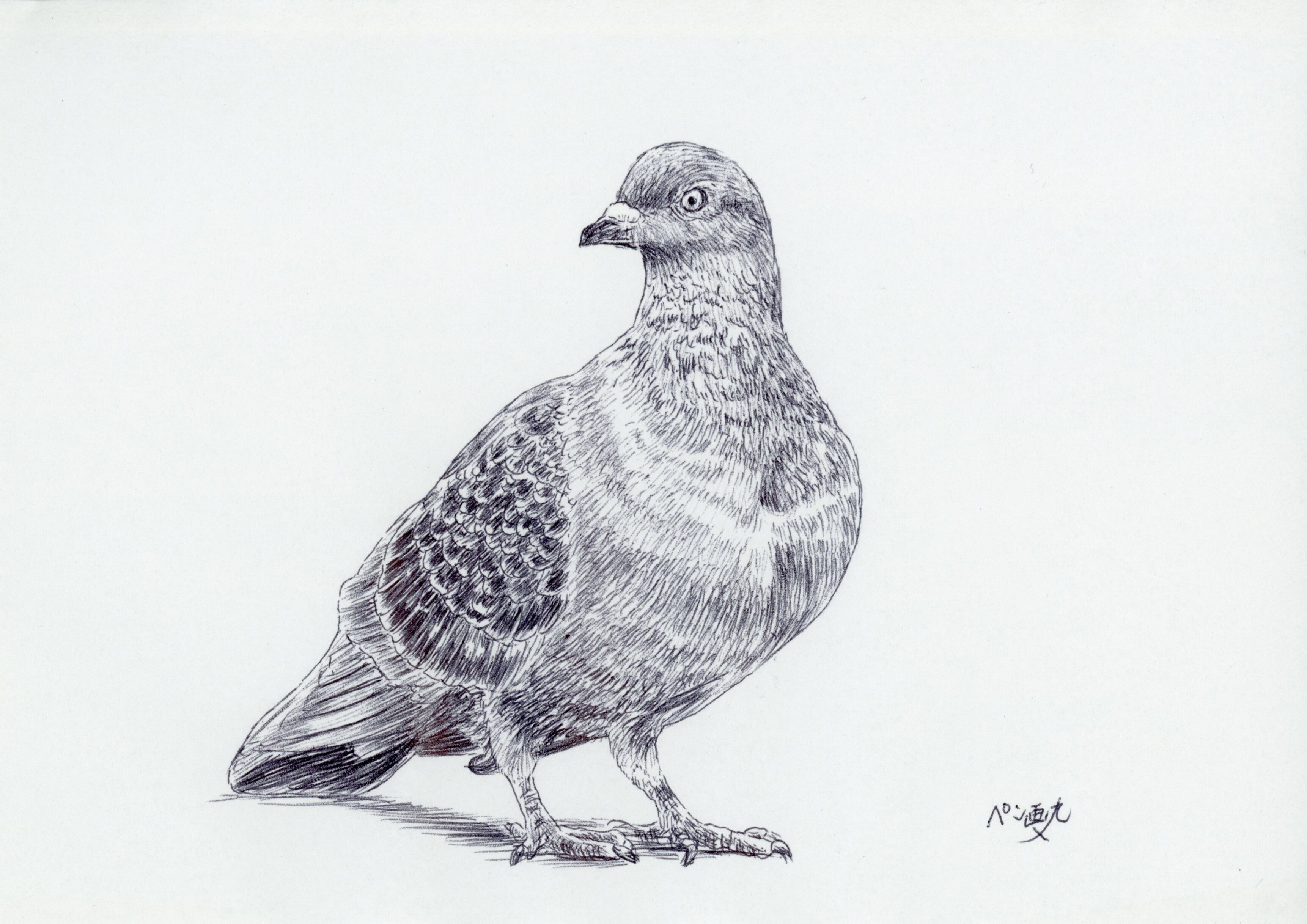
4. Gel Ink

Characteristics:
- Composition: A mixture of water-based ink and gelling agents, allowing viscosity to change during writing.
- Writing Feel: Smooth and light, making it ideal for fine details.
- Quick Drying: Dries quickly and is water-resistant.
Advantages:
- Vibrant Colors: Offers a wide range of colors for colorful artwork.
- Portability: Commonly used in gel ink ballpoint pens, making them easy to carry.
Disadvantages:
- Ink Consumption: Runs out faster than other inks, requiring frequent refills.
Suitable Pens:
- Gel Ink Ballpoint Pens: Known for their smooth writing and vibrant colors, making them great for colorful writing and illustrations.
Artworks created using Pigment Ink
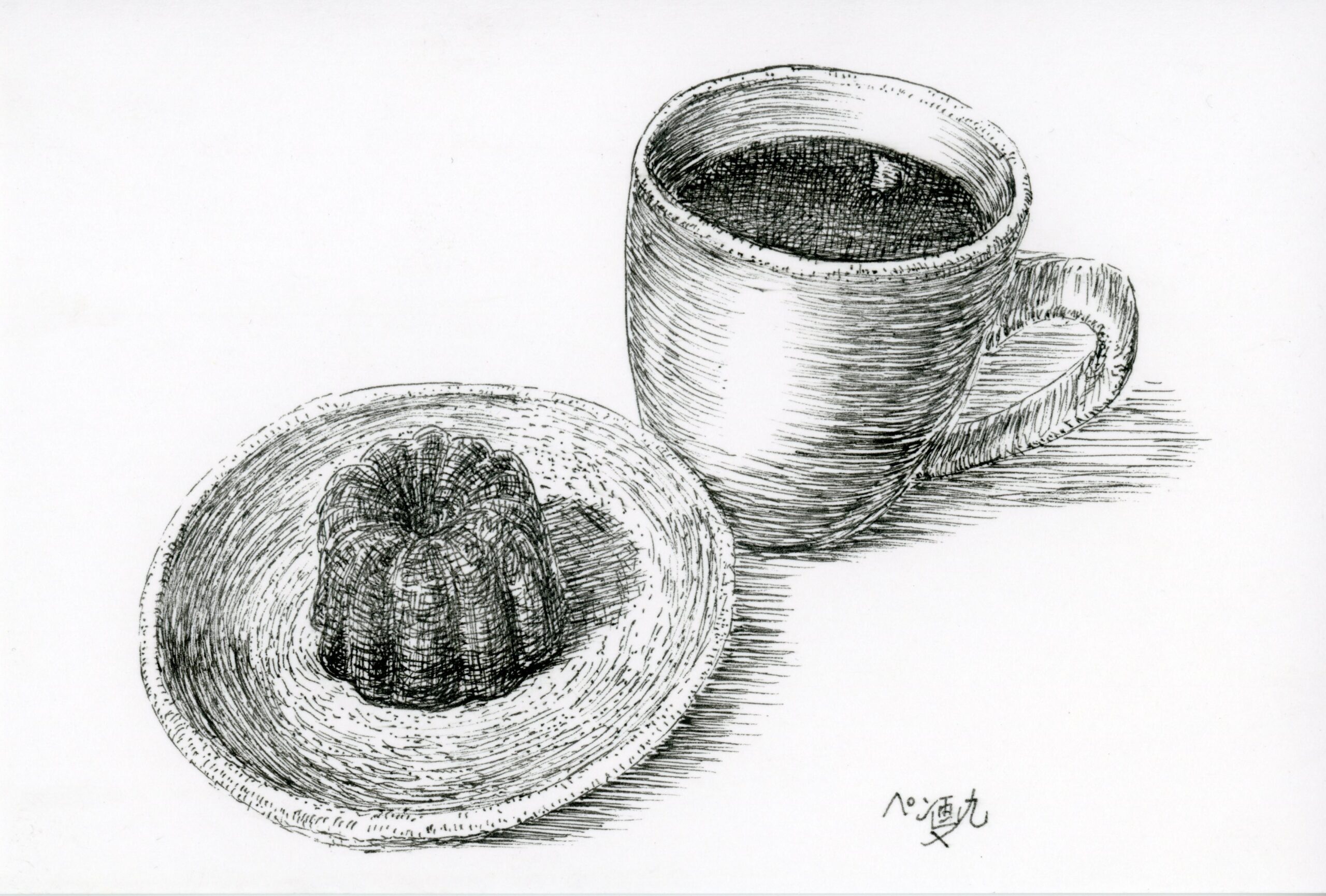
5. Erasable Ink

Characteristics:
- Composition: Contains special ingredients that allow the ink to become colorless with friction heat, making it erasable.
- Writing Feel: Requires slightly more pressure compared to regular ballpoint pens.
Advantages:
- Correctable: Can be erased (turned colorless), making corrections easy.
- Versatile: Useful for studying and business notes, allowing for pencil-like flexibility.
Disadvantages:
- Temperature Sensitivity: Ink disappears in high temperatures and may reappear in cold conditions, requiring careful temperature management.
Suitable Pens:
- Erasable Ballpoint Pens: Feature quick-drying and water-resistant ink, making them useful for detailed work.
Conclusion
There are many types of ink for pen drawing, each with its own characteristics and applications. In this article, we explained water-based ink, pigment ink, oil-based ink, gel ink, and erasable ink in detail.
By choosing the right ink, you can significantly impact the finish and expression of your pen drawings. Finding the perfect ink and pen combination for your art style and needs will make your pen drawing experience more enjoyable and satisfying.
We hope this article helps you in selecting the right ink for your work. Thank you for reading! We will continue to provide more information on pen drawing and art, so stay tuned!
